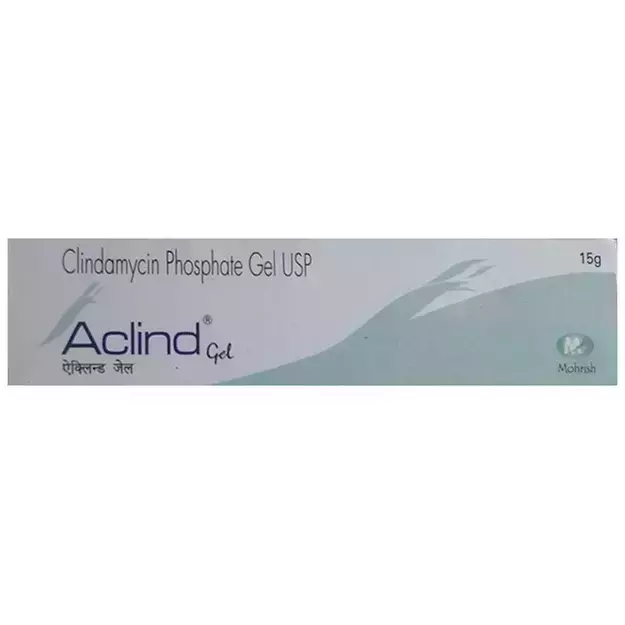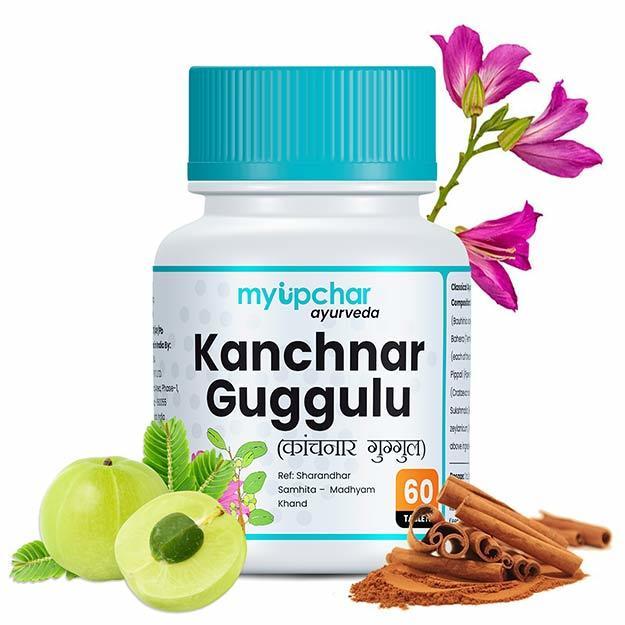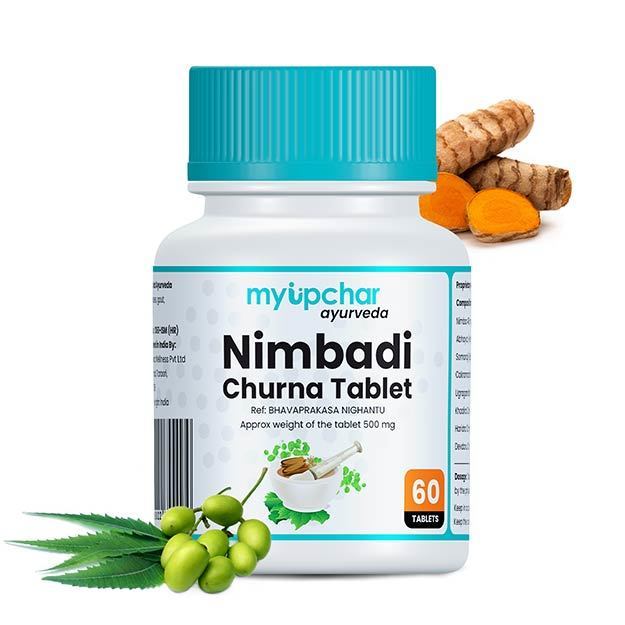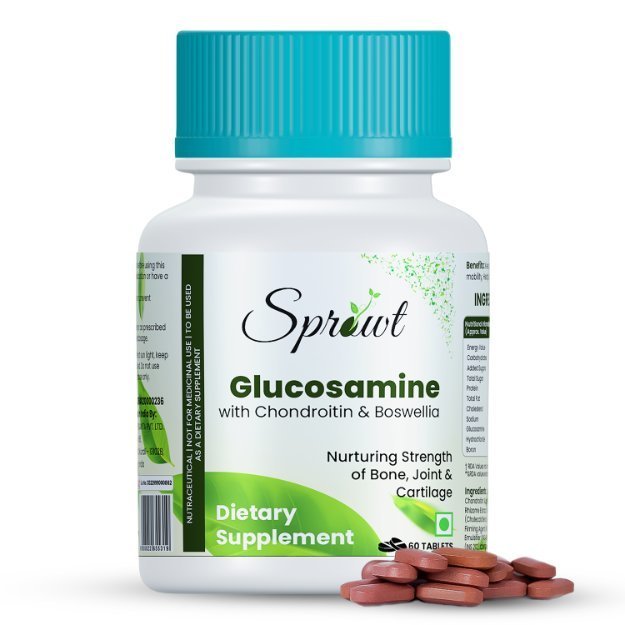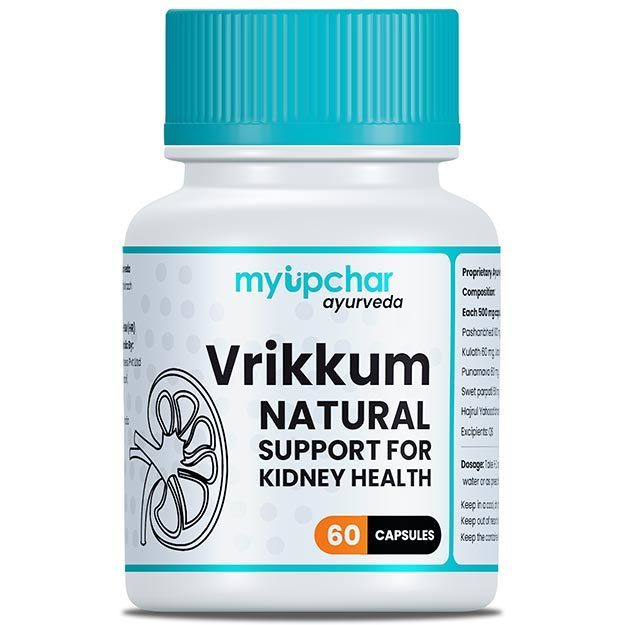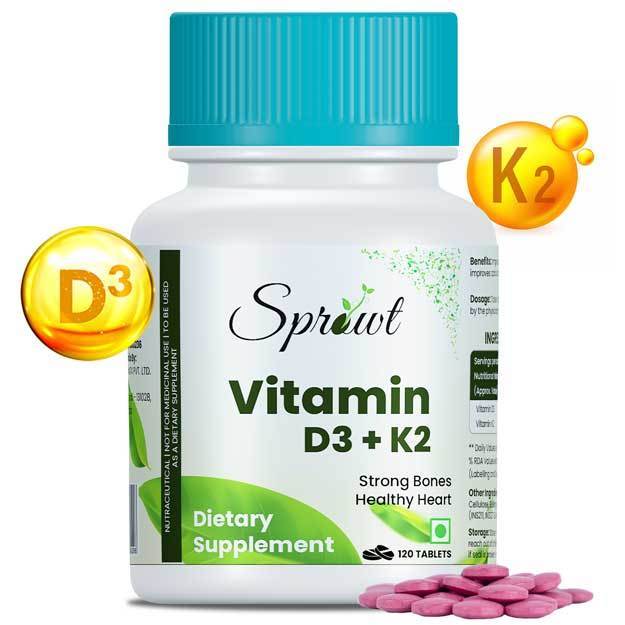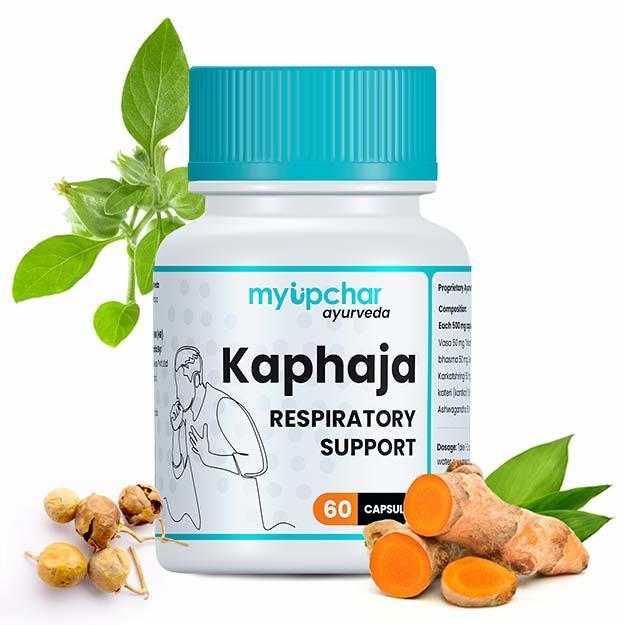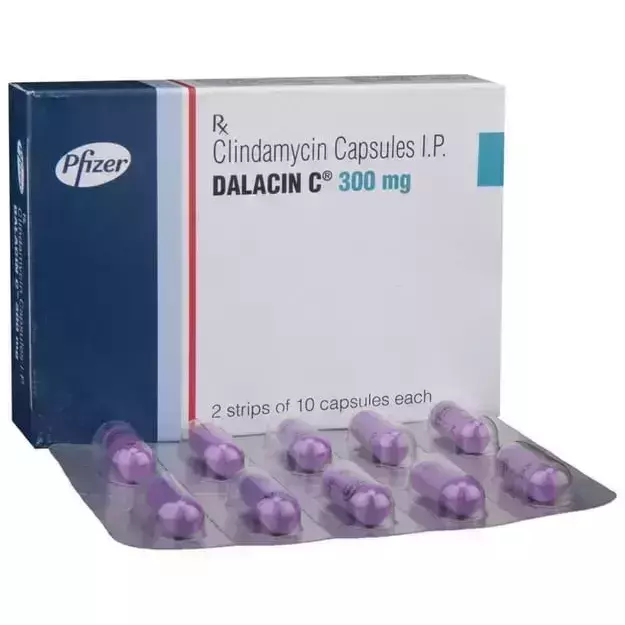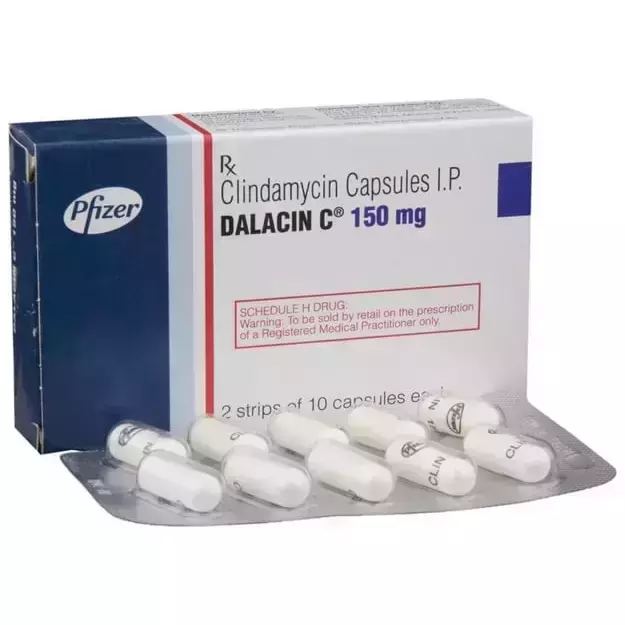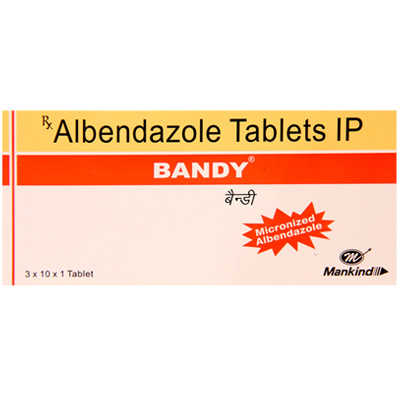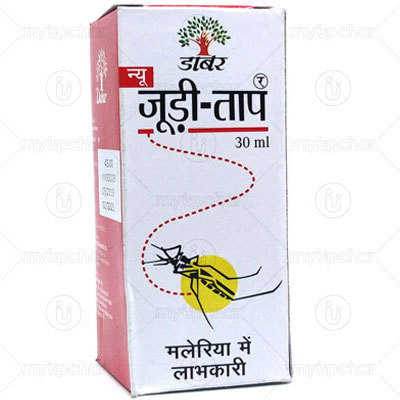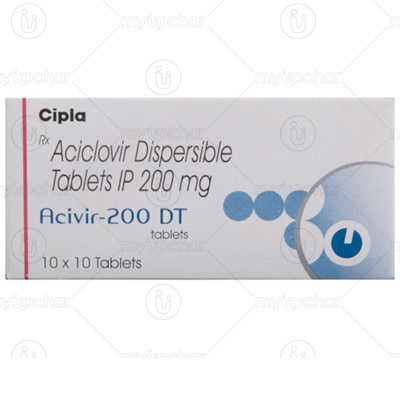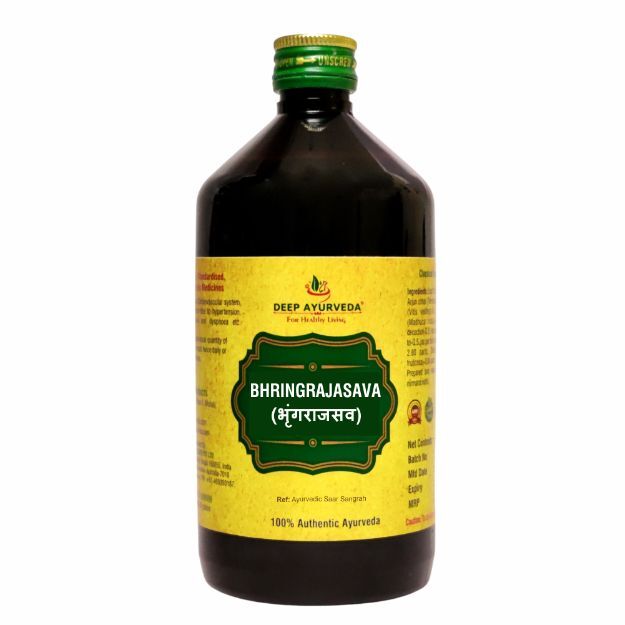Clindol 600 Injection is a commercial drug that is prescribed in the form of Injection. Bacterial Infections, Skin Infections are some of its major therapeutic uses. Clindol 600 Injection also has some secondary and off-label uses. These are listed below.
The correct dosage of Clindol 600 Injection depends on the patient's age, gender, and medical history. Dosage also depends on the route of administration and your chief complaint for which the drug is prescribed. For detailed information on this, read through the dosage section.
Besides the aforementioned side effects, there are other adverse effects of Clindol 600 Injection as well, which are listed below. Normally, these side effects of Clindol 600 Injection are not long lasting and go away when the treatment is finished. Please speak with your doctor if these side effects worsen or persist for a longer duration.
It is also important to note that Clindol 600 Injection has a Severe effect for pregnant women and Moderate effect on lactating mothers. Further, the section on Clindol 600 Injection related warnings talks about Clindol 600 Injection's effects on the liver, heart and kidney.
Other contraindications of Clindol 600 Injection have been discussed in the sections ahead.
Besides this, Clindol 600 Injection may also have severe interaction with some medicines. See below for a complete list.
Along with the above-mentioned precautions, remember that taking Clindol 600 Injection is considered safe while driving, and is addictive.
X

